Understanding Translucent Teeth What Causes It
Do you ever look in the mirror and notice your teeth appear somewhat transparent, particularly near the edges? This condition, known as translucent teeth, can be a source of concern for many. It’s essential to understand the underlying causes of translucent teeth to effectively address and improve your smile. This condition isn’t just a cosmetic issue; it often signals underlying problems with the enamel, the protective outer layer of your teeth. The translucency occurs when the enamel thins, becomes worn, or is otherwise compromised, allowing more light to pass through, making the teeth appear transparent or glassy. Recognizing the causes empowers you to take proactive steps toward healthier and more aesthetically pleasing teeth, leading to renewed confidence in your smile.
Enamel Erosion The Culprit Behind Translucency
At the heart of translucent teeth lies enamel erosion, the gradual wearing away of the tooth’s enamel. Enamel, the hardest substance in the human body, protects the underlying dentin and the sensitive inner parts of the tooth. When the enamel erodes, the underlying dentin, which is naturally more yellow, becomes visible, contributing to the translucent appearance. This erosion can be caused by a variety of factors, from the foods and drinks you consume to the way you brush your teeth. Recognizing enamel erosion as the primary culprit helps you focus your efforts on protecting and restoring your enamel. Protecting your enamel is key to a healthy and vibrant smile. The following sections delve into the various causes of enamel erosion, offering a comprehensive understanding of how to safeguard your teeth against this damaging process, and tips to help regain a brighter smile.
Causes of Enamel Erosion
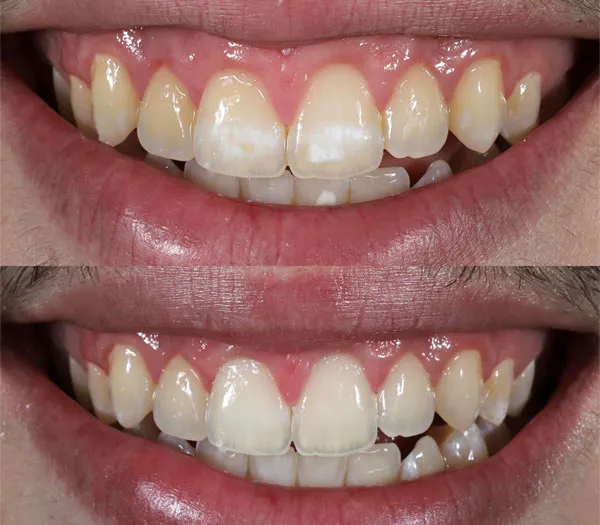
Several factors contribute to enamel erosion, each playing a role in the development of translucent teeth. Understanding these causes allows for targeted prevention and treatment strategies. The main causes include; acid reflux, excessive consumption of acidic foods and drinks, aggressive brushing, and teeth grinding. The constant exposure to acid dissolves enamel, gradually wearing it away. Aggressive brushing or using a hard-bristled toothbrush can physically erode the enamel over time. Teeth grinding, often occurring during sleep, can also wear down the enamel. Recognizing these causes will assist in understanding what needs to be changed or avoided.
Lifestyle Factors
Lifestyle factors significantly impact enamel health. Frequent snacking on acidic foods, like citrus fruits and pickled items, can contribute to erosion. Similarly, the consumption of sugary drinks and carbonated beverages provides an environment where the acid can erode enamel. Moreover, habits like teeth grinding (bruxism) and forceful brushing can exacerbate enamel wear. Stress and certain medications can indirectly affect enamel health. Being mindful of your daily habits can help you prevent or minimize the progression of translucent teeth. Adopting healthier habits is key to protecting your smile and maintaining enamel integrity. Incorporating small adjustments can make a big difference in your oral health, leading to a brighter, more confident smile.
Dietary Habits
Your diet plays a vital role in the health of your enamel. Regularly consuming acidic foods and drinks, such as citrus fruits, carbonated beverages, and vinegar-based dressings, exposes your teeth to erosive acids. Sugary snacks and candies contribute to this problem, as bacteria in the mouth convert sugars into acids. A diet rich in calcium, phosphorus, and other essential nutrients supports enamel remineralization, helping to counteract erosion. Maintaining a balanced diet and limiting the intake of acidic and sugary foods can make a significant difference in preventing enamel erosion and reducing the appearance of translucent teeth. Consider how your eating habits impact your oral health and make informed choices that support a healthy smile.
The Impact of Genetics
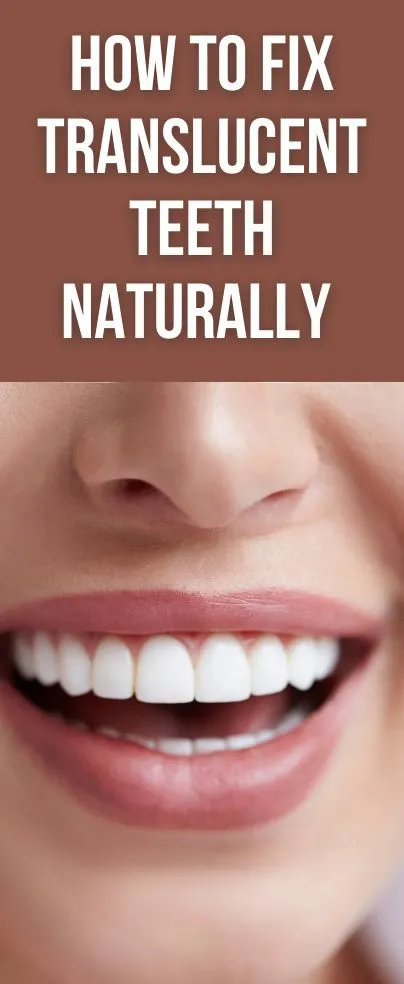
While lifestyle and dietary choices have a significant impact, genetics also plays a role in the health and thickness of your enamel. Some individuals are predisposed to having naturally thinner or weaker enamel due to their genetic makeup. These genetic predispositions can make them more vulnerable to erosion and the development of translucent teeth. Although you cannot change your genes, understanding your genetic susceptibility can inform your oral care routine. Those with thinner enamel may need to be more vigilant about protecting their teeth. Regular dental check-ups and a proactive approach to oral hygiene are essential in managing genetic factors and maintaining a healthy, vibrant smile. This includes being extra cautious about acidic foods or drinks and any habits that might wear the enamel.
Effective Translucent Teeth Whitening Methods
Once you understand the causes, it’s time to explore the solutions. Several effective methods can address the issue of translucent teeth and restore your smile. Options range from professional treatments offered by dentists to convenient over-the-counter products you can use at home. The best approach depends on the severity of the translucency, your budget, and your personal preferences. Always consult your dentist to determine the most suitable treatment plan for your specific needs. This professional guidance will help you achieve the best results and maintain your improved smile. The following sections provide details about the most popular and effective methods. By understanding each option, you can make informed decisions and embark on your journey to a brighter, more confident smile.
Professional Whitening Treatments
Professional whitening treatments, performed by a dentist, offer the most effective and fastest results for addressing translucent teeth. These treatments use high-concentration bleaching agents that penetrate the enamel and break down the discolored molecules. Professional whitening can significantly reduce the appearance of translucency, leaving your teeth noticeably brighter. These treatments are also customized to your specific needs, ensuring optimal safety and effectiveness. Dentists can also address any underlying dental issues that may be contributing to the problem. By choosing professional whitening, you’re investing in a safe, effective, and personalized solution for a brighter smile. Here are two options you can choose from.
In-Office Whitening

In-office whitening is a fast and efficient way to achieve dramatic results in a single dental visit. During this procedure, your dentist will apply a high-concentration whitening gel to your teeth and activate it with a special light or laser. This process usually takes about an hour and can lighten your teeth several shades. In-office whitening is ideal for those seeking immediate results. The dentist can monitor the entire process, ensuring your safety and comfort. This is also a great solution for those with busy schedules. They can walk in with dull teeth and walk out with a bright smile. The treatment is powerful and delivers impressive results.
Custom Tray Whitening
Custom tray whitening involves your dentist creating custom-fitted trays that perfectly mold to your teeth. You then use these trays at home, applying a whitening gel provided by your dentist. This method offers a balance of professional care and convenience. The dentist monitors your progress. Custom trays ensure even whitening. This is a more gradual approach than in-office whitening, but still provides excellent results. This option is perfect for someone looking to have the comfort of being home while whitening their teeth. The dentist will create a customized plan that is perfect for your teeth, while still allowing you to live life the way you always have.
Over-the-Counter Whitening Options
Over-the-counter (OTC) whitening products provide a convenient and cost-effective way to address translucent teeth. These products are readily available at most pharmacies and drugstores. However, it is essential to understand the limitations and potential risks associated with these methods. The effectiveness of OTC products varies, and results may not be as dramatic as professional treatments. Reading labels and following instructions carefully is crucial to avoid side effects. Here are three common over-the-counter options, each with its own set of benefits and considerations. Consider your needs and consult with your dentist before using any OTC whitening product.
Whitening Toothpastes

Whitening toothpastes contain mild abrasives or chemical agents that help remove surface stains. They can improve the overall brightness of your teeth, but their impact on deep translucency is often limited. The abrasive nature can sometimes cause sensitivity, especially if used excessively or with hard brushing. However, they are easy to incorporate into your daily routine. It can be a good supplement to other whitening methods. When using whitening toothpaste, it is important to follow the directions carefully and to combine it with other methods for better results.
Whitening Strips
Whitening strips are thin, flexible strips coated with a whitening agent, usually hydrogen peroxide. These strips are applied directly to your teeth for a specified amount of time each day. They are relatively easy to use and can provide noticeable results over a few weeks. However, the effectiveness can vary. Some people may experience tooth sensitivity or gum irritation. Following the instructions and using them consistently is very important. Consider consulting a dentist before use if you have sensitive teeth.
At-Home Whitening Systems
At-home whitening systems often include trays and a whitening gel, similar to the custom tray method offered by dentists. However, the concentration of the bleaching agent is usually lower. These systems can be effective for mild cases of translucency and are a more affordable option than professional treatments. The trays may not fit as precisely as custom-made ones. Consistency is key to seeing the best results. Carefully follow the instructions and monitor your teeth for any signs of sensitivity or irritation. It’s a practical solution for those seeking a convenient and cost-effective way to whiten their teeth at home. This can be used to maintain results after a professional whitening or as a stand-alone treatment.
Essential Oral Hygiene for a Brighter Smile
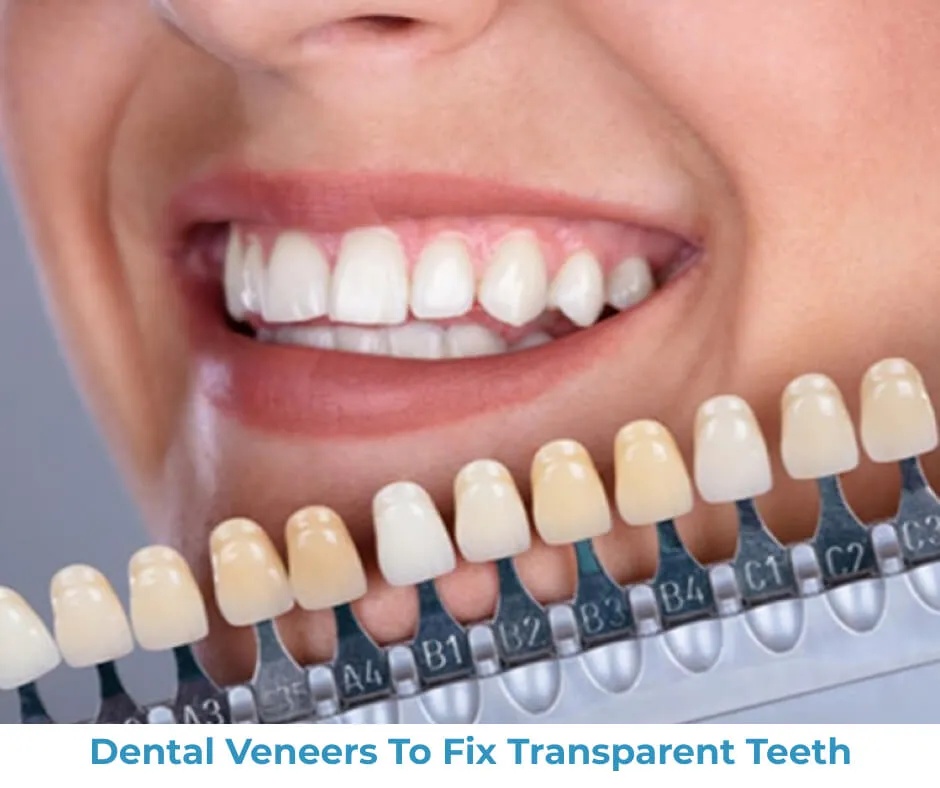
Good oral hygiene is the cornerstone of any successful translucent teeth whitening journey. A consistent and thorough oral care routine not only enhances the effectiveness of whitening treatments but also prevents further enamel erosion and protects your overall oral health. Brushing, flossing, and rinsing with mouthwash are fundamental practices. Developing these habits ensures that your teeth remain healthy and your smile stays bright and confident. Following these simple steps will protect your teeth from future harm. The following sections detail the essential components of oral hygiene. When properly practiced, these will set the foundation for a long-lasting, radiant smile.
Brushing Techniques
Effective brushing is the first line of defense against enamel erosion and the appearance of translucent teeth. Use a soft-bristled toothbrush and brush gently, using a circular or back-and-forth motion. Avoid applying too much pressure, as this can wear away the enamel. Brush for at least two minutes, twice a day. You can use an electric toothbrush to ensure that you are following the proper techniques. Pay attention to all surfaces of your teeth, including the front, back, and chewing surfaces. Proper brushing removes plaque and food particles. It also stimulates the gums, keeping them healthy. Consider the type of toothbrush and the way you brush to protect your teeth from erosion and keep them healthy. It helps maintain a brighter, more confident smile.
Flossing Regularly
Flossing is just as important as brushing, as it reaches areas that your toothbrush cannot. Flossing removes plaque and food particles from between your teeth and along the gumline, preventing cavities and gum disease. Regular flossing also helps to reduce inflammation, which can affect your enamel. Floss at least once a day, using a gentle back-and-forth motion. If you struggle with traditional flossing, consider using floss picks or a water floss. This will assist in removing debris and maintaining oral health. Flossing helps to keep your teeth healthy and reduces the risk of further damage. Adding this simple step to your daily routine will contribute to a healthier, brighter smile.
Using Fluoride Mouthwash
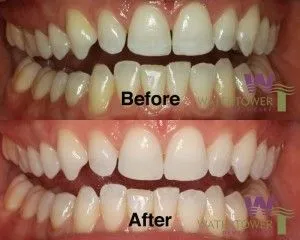
Using a fluoride mouthwash can provide an extra layer of protection for your enamel. Fluoride strengthens the enamel and helps to remineralize it, making it more resistant to acid erosion. Rinse with fluoride mouthwash once or twice a day. Avoid eating or drinking for at least 30 minutes after using mouthwash. This allows the fluoride to work. Choosing a mouthwash that is alcohol-free can help prevent dry mouth, which can increase the risk of cavities. Fluoride mouthwash is easy to incorporate into your routine. This step will enhance your oral hygiene. It contributes to healthier and stronger teeth.
Dietary Adjustments for Teeth Health
Your diet plays a crucial role in the health of your teeth. Making smart dietary choices can significantly impact the appearance of translucent teeth. Limiting acidic foods and drinks, such as citrus fruits and carbonated beverages, can prevent further enamel erosion. Incorporating tooth-friendly foods rich in calcium, phosphorus, and other essential nutrients can support the remineralization of your enamel. This will strengthen your teeth and reduce the appearance of translucency. Being mindful of what you eat and drink can help you preserve your enamel and keep your teeth looking their best. Small changes in your diet can have a significant impact on your oral health. This is especially important when seeking to whiten your teeth. The following sections highlight foods to limit and foods to embrace for a healthy smile.
Foods to Limit
To protect your enamel and minimize translucency, it’s important to limit your intake of certain foods and drinks. Acidic foods, such as citrus fruits, tomatoes, and vinegar-based dressings, can erode enamel over time. Sugary snacks and drinks, including candies, sodas, and fruit juices, promote acid production in the mouth, which also contributes to enamel erosion. Excessive consumption of these items can worsen the condition of translucent teeth. Be mindful of the frequency and quantity of these foods in your diet. This will protect your enamel. Consider the impact of the foods you consume and make adjustments to support your oral health. Making smarter choices can help reduce the appearance of translucent teeth.
Foods to Embrace
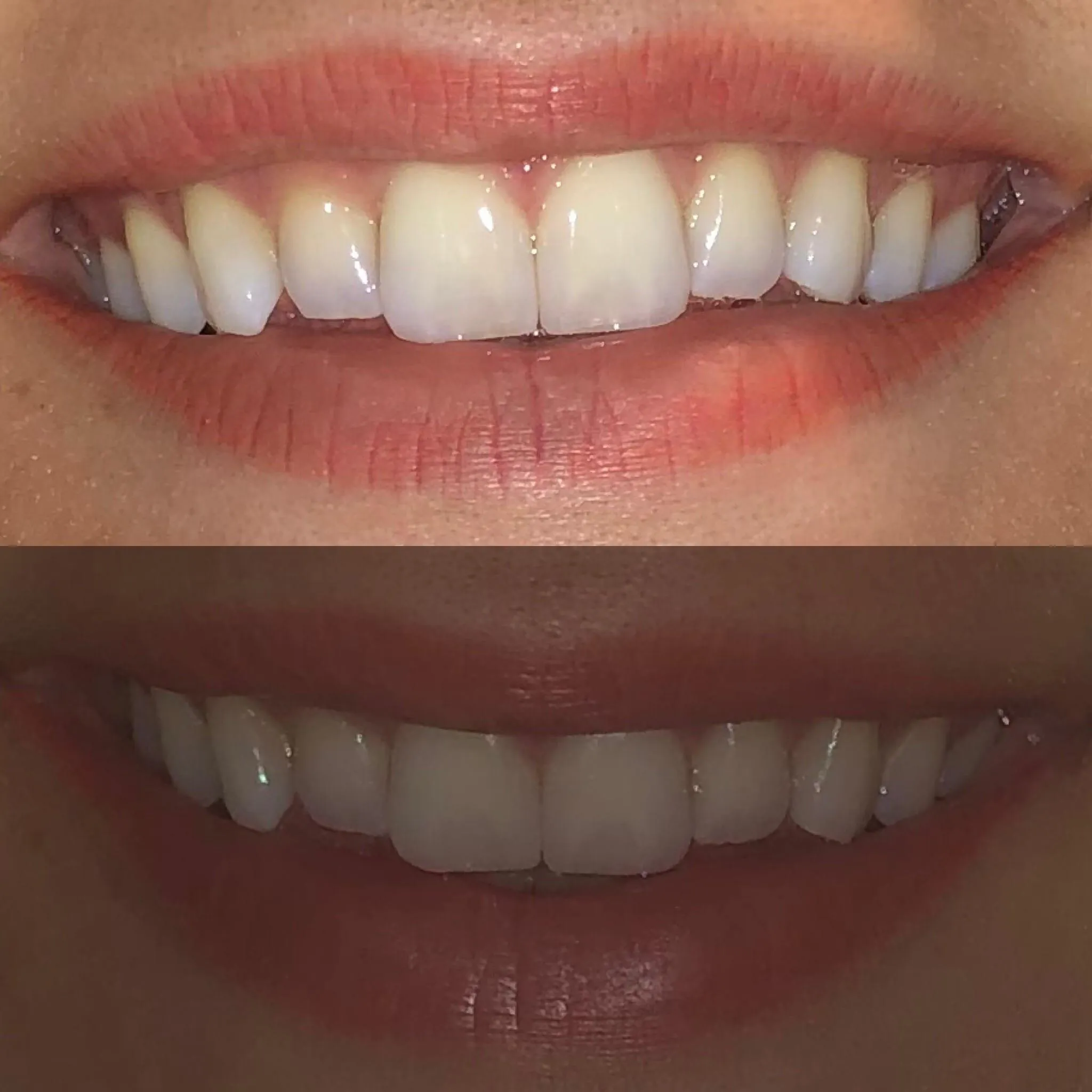
Incorporating tooth-friendly foods into your diet is essential for maintaining healthy enamel and a brighter smile. Foods rich in calcium, such as dairy products and leafy green vegetables, help strengthen your teeth. Phosphorus-rich foods, like meat, fish, and eggs, also contribute to enamel health. Crunchy fruits and vegetables, such as apples and carrots, can help clean your teeth by stimulating saliva production, which neutralizes acids. Drinking water with a high fluoride content can also support enamel remineralization. By focusing on these foods, you can fortify your enamel. This helps reduce translucency and promotes overall oral health. Making mindful food choices supports your journey toward a brighter, more confident smile.
Maintaining Your Results
Maintaining the results of your translucent teeth whitening efforts requires a sustained commitment to good oral hygiene and preventative measures. Following the steps outlined ensures your smile remains bright and healthy long after your whitening treatment. Regular dental check-ups and a proactive approach to oral care are essential for preserving your results and preventing future problems. By staying vigilant and consistent in your efforts, you can enjoy a radiant smile for years to come. This requires a holistic approach that involves ongoing care. Implementing these strategies is the key to a lasting, beautiful smile. Remember to always consult with your dentist. This will ensure you get the best results.
Regular Dental Check-ups
Regular dental check-ups and cleanings are vital for maintaining your oral health and the results of your teeth whitening treatments. During these visits, your dentist can assess your overall oral health, identify any new issues, and provide professional cleanings to remove plaque and tartar. Regular check-ups can detect early signs of enamel erosion or other dental problems. These issues can be addressed before they worsen. Following the instructions of your dentist and attending regular appointments can help you maintain your bright, confident smile. Regular check-ups ensure that your teeth remain healthy and your smile stays radiant for the long term. This is key to ensuring your teeth stay as bright as the day you got them whitened.
Avoiding Staining Foods and Drinks
Avoiding staining foods and drinks is essential for preserving the results of your translucent teeth whitening. Certain foods and beverages can stain your teeth and diminish their brightness. Coffee, tea, red wine, and dark-colored fruit juices are common culprits. Tobacco use is another significant contributor to teeth staining. Minimizing your consumption of these items can help to maintain the results of your whitening treatments. If you do consume staining substances, rinse your mouth with water immediately afterward. Brushing your teeth shortly after consumption can also help. Being mindful of your diet can help you prolong the life of your beautiful smile. Choosing lighter-colored foods and drinks helps you maintain your teeth’s brightness.
The Cost of Translucent Teeth Whitening
The cost of translucent teeth whitening varies depending on the treatment method you choose. Over-the-counter products, such as whitening toothpastes and strips, are generally the most affordable options. In-office professional whitening is typically more expensive. The cost depends on the specific treatment and the number of sessions required. Custom tray whitening falls in the middle of the price range. Consider your budget, the severity of the translucency, and your desired results when choosing a treatment option. Always discuss the cost with your dentist to understand the full financial implications. By understanding the costs associated with different treatments, you can make an informed decision that aligns with your needs and budget. This way you can create a beautiful smile.
In conclusion, addressing translucent teeth requires a multifaceted approach. Understanding the causes, selecting the right whitening method, and committing to consistent oral hygiene are all key elements. Whether you choose professional treatments, over-the-counter products, or focus on dietary adjustments, the goal is to achieve a brighter, healthier smile. By taking proactive steps and seeking professional guidance, you can effectively combat translucent teeth and boost your confidence. Embrace these strategies and enjoy the amazing results of a radiant, confident smile.
